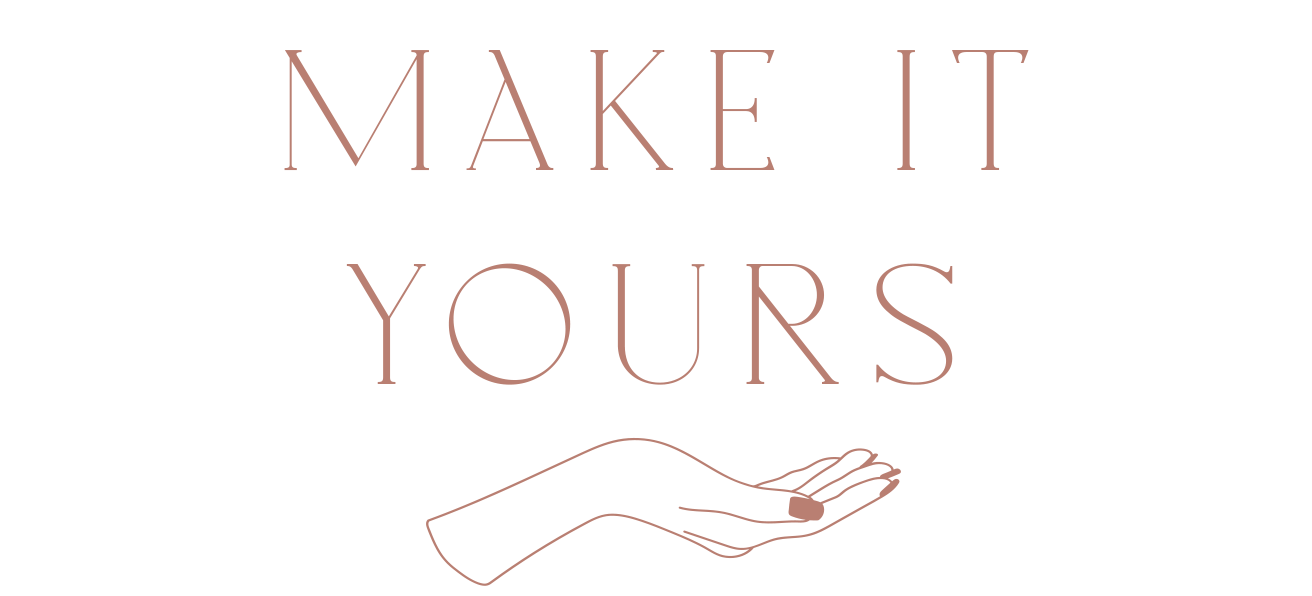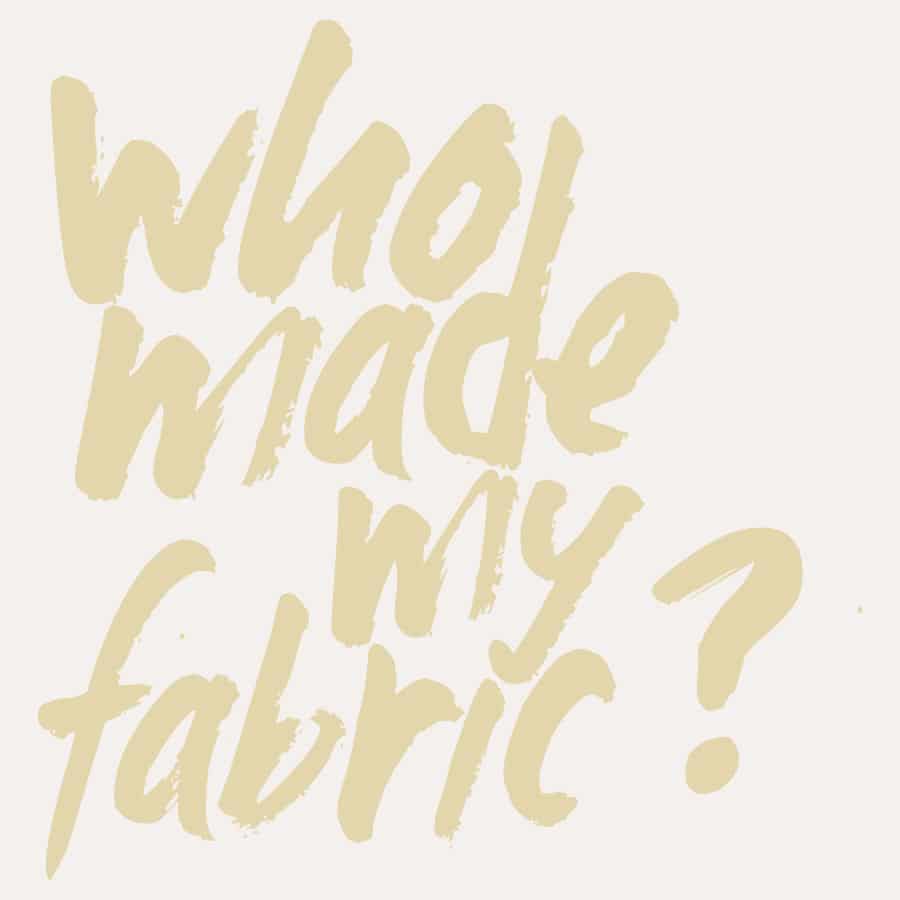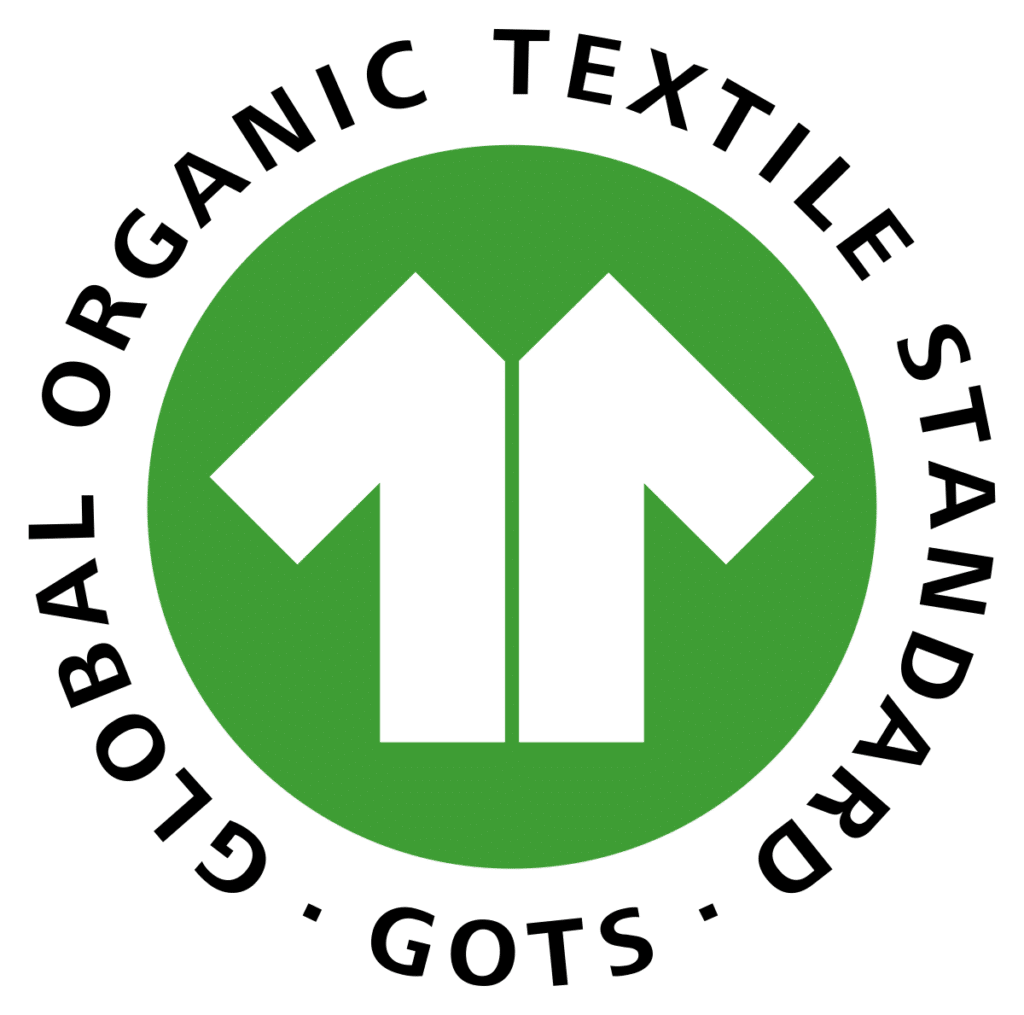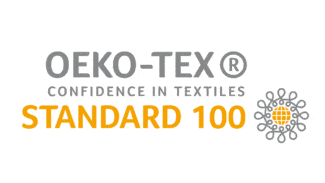Sewing
Fashion Revolution Week 2021 – How to know who made my fabric
This week is fashion revolution week and this year it’s all about fabrics and the question “Who made my fabric?“. This is the perfect opportunity for the next part in our sustainable sewing guide. Last time I talked about how we can achieve easy sustainable sewing without losing creativity. Today we’ll look at the next step: the fabrics we buy and use for our sewing projects.
Fabric is undoubtedly a key part in sewing, especially in sewing sustainable. So the question is: How can you find out which fabrics are actually sustainable? Thanks to the amazing work of the fashion revolution organization we can ask the manufacturers this week about the origins of our fabrics. However, wouldn’t it be great to know in advance who made your fabrics and ideally be able to determine that before you buy it?
Yes, totally! And don’t worry, I’ve got you covered.
How to embark on the journey towards sustainable sewing
In order to achieve more sustainable sewing habits, this guide is divided in several parts, covering the following topics in several posts:
- Easy Sustainable Sewing without losing your creativity – why you should consider sewing more sustainable and what are the differences between fast and slow sewing?
- Are there sustainable choices which can be made for tools and notions?
- How to style your wardrobe sustainable: what should be considered when choosing a sewing pattern, a fabric and a style regarding the life cycle?
- How do I provide my self-made garment the best care in order for it to live long?
- Through all these posts there will also be a particular focus on how to get to the goal on a budget which will result in the last post: How to sew sustainable on a budget.
Hopefully with these posts I can help spark your interest in sustainable sewing, answer all of your questions and show you simple steps on how to embark on YOUR journey towards a mire sustainable wardrobe.
Is a certificate enough to sew sustainable?
Well, no. This is quite a complex matter. Firstly, it depends on the certificate. There are a lot of certificates and some of them focus on the ethical aspect of producing fabric, others on the sustainable aspect. Secondly, you have to take care which certificates are independent and can be trusted and which can’t. Some examples will be given later in this post.
Also, sustainability has a great deal to do with how long you’ll be using your freshly sewn garment. For example, if you are looking for a flowy fabric and only found a polyester cloth. If you like the properties of polyester or if this is exactly what you had in mind, this can still be quite a sustainable choice. How?
First of all, if you’ll wear this garment for a long time (polyester is durable) like several years, it can be more sustainable than a certified fabric that didn’t convince you. However, it would be important to use a guppy bag for avoiding microplastics when washing the fabric and garment.
Conscious fabric shopping – here is how
- The most sustainable fabric is the one, that you already own, just like the most sustainable fashion is the one that’s already in your closet. So check your closet for any unloved garments. If you find some – try reviving them!
- Next up is your fabric stash – or maybe the stash of others? You can have a look at platforms like stoffetauschen.
- Look for dead stock fabrics. These are leftover fabrics from the garment / fashion industry
- Search for certified fabrics, ideally from manufacturers you know with good quality – can you find something that absolutely thrills you?
- If none of the certified fabrics pleases you, take a look at different non certified fabrics.

But also: keep in mind that becoming a certified manufacturer is really expensive and smaller labels don’t always have the resources to get certified. So if you want to know more about their labor conditions, you can look on their website for information. If there’s none or not enough information, ask them directly!
In addition, it’s a great way to raise awareness with your favorite fabric shop – ask them if they know something about the production of the fabrics they sell. And if they don’t – encourage them to ask the manufacturers. This can also have a great impact if the fabric shop owners start asking more questions about the labor conditions!
Global Organic Textile Standard (GOTS)
This Standard is probably the most comprehensive standard. Not only does it demonstrate that a fabric is certified organic, it also covers all processing stages of the supply chain with strict ecological and social standards. In order to provide a credible assurance for the integrity of the certified textiles, all certification is done by independent Third-Party accredited Certification Bodies.
If you’re interested in where to find GOTS-certified textiles you can look it up on their website.
STANDARD 100 by OEKO-TEX®
This standard represents the labels and certifications issued by the “International Association for Research and Testing in the Field of Textile and Leather Ecology”. Textiles certified with OEKO-TEX confirm over all stages of production the human-ecological safety. This means the standard ensures that the materials used in the textile manufacturing are not harmful for humans. Consequently these fabrics are safer for the people who made the clothes and the chemicals used are less harmful.
If you want to know where to buy fabrics certified by Oeko-Tex, you can have a look on their website.
Bluesign Standard
The Bluesign Standard is one of the highest rankings for environmental and worker safety. Textile Manufacturers that fulfill the standard provide safe working conditions for their employees and dedicate themselves to minimize the ecological footprint. This is achieved by taking into account the environmental impact of all steps in textile manufacturing.
So today we took a look how to take the first step on our sustainable sewing journey. I hope I could give you new information and ideas for the first steps towards a more sustainable sewing culture.
Until then, I welcome comments, questions and suggestions about this topic in the comments or on Instagram.







